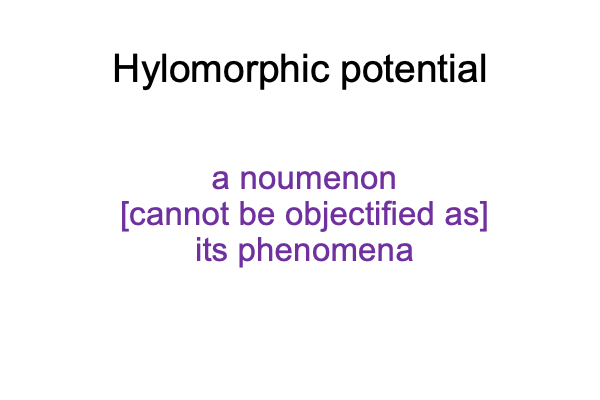Looking at Richard Colledge’s Essay (2021) “Thomism and Contemporary Phenomenological Reduction” (Part 4 of 7)
0014 Why are Catholic philosophers interested in phenomenology?
In Comments on Richard Colledge’s Essay (2021) “Thomism and Contemporary Phenomenology”, a third incentive is proposed.
0015 Colledge reads a 2006 book by German phenomenologist, Gunter Figal, entitled Objectivity, The Hermeneutical and the Philosophical.
Colledge wonders, “Is this a phenomenological realist open to Christian anti-reductionism?”
Can we talk?
0016 Figal admits that the thing itself1a should be mind-independent. If this is the case, then metaphysics should be allowed. Aren’t the mathematical and mechanical models of the empirio-schematic judgment mind-dependent beings? Don’t mind-dependent beings transcend (while entangling) physics? Doesn’t that fit the definition of metaphysics.
Well, yes, this becomes apparent when phenomenology reveals what the thing itself1a must be1b and then a novel empirical science2a arises to investigate its1a(1b) phenomena1a.

